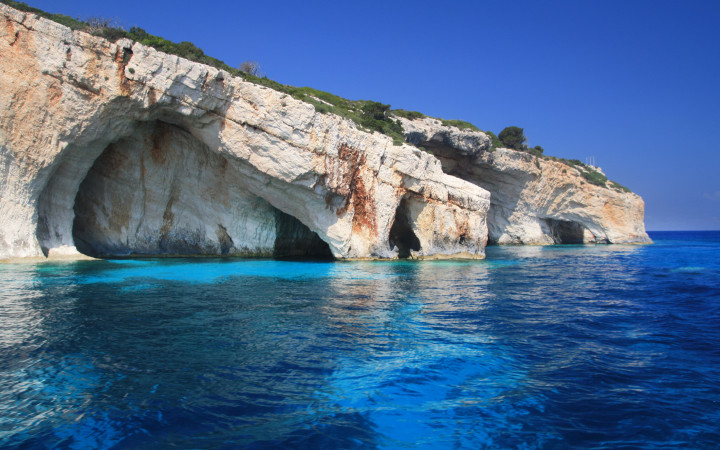Today’s Wonder of the Day was inspired by mariam. mariam Wonders, “What are the 7 seas?” Thanks for WONDERing with us, mariam!
Ahoy there! Today we’re venturing out of Wonderopolis to see one of the world’s greatest resources. Fasten on a life vest. Batten down the hatches. We’re going sailing on the seven seas!
What are the seven seas? They’re the Earth’s largest bodies of water. Today, that’s the Arctic, North Atlantic, South Atlantic, North Pacific, South Pacific, Indian, and Southern Oceans. Together, these seas make one large ocean that covers 70 percent of our planet. Each of the seven seas is unique.
The North and South Pacific Oceans are circled by a line of active volcanoes. This is called the Ring of Fire. The North Pacific is also home to Challenger Deep. This is the ocean’s lowest point, 35,826 feet deep. Only three people have ever been to Challenger Deep. More people have gone to the Moon!
In the South Pacific, you’ll find the world’s largest coral reef. The Great Barrier Reef holds over 1,500 types of fish. It also houses six kinds of marine turtles. Sadly, the Great Barrier Reef is in danger. Experts say it needs our protection from pollution and climate change.
Did you know the Earth’s largest mountain range is underwater? It’s true! It’s called the Mid-Atlantic Ridge. The range starts in Iceland. Then, it runs through the North and South Atlantic Oceans. The range ends near Antarctica. The Atlantic Ocean is also full of animals. You’ll find blue whales, dolphins, eels, octopuses, starfish, snails, and many more.
If you’re looking for whales though, let’s head to the Indian Ocean. There, we’ll find more humpback whales than anywhere else. You’ll also see the coelacanth. That’s a fish scientists once thought was extinct! The Indian Ocean is also important for trade. Each day, 17 million barrels of oil cross this sea.
Far less trade crosses the Southern Ocean. Off the coast of Antarctica, this sea is home to emperor penguins. You may know them. Emperor penguins are the stars of "Happy Feet." They’re also the largest penguins in the world. Unfortunately for them, the Southern Ocean is also home to whales, seals, and birds that eat penguins.
On the other end of the world, the Arctic Ocean circles the North Pole. There, you’ll find the lion’s mane jellyfish. You might even catch a polar bear fishing in the sea for dinner. Did you bring ice skates? We can glide across the Arctic ice pack, a sheet of ice that covers much of the Arctic Ocean.
Have fun skating while you can! The Arctic ice pack is shrinking by eight percent every ten years. Climate change hurts this and other features of the seven seas. Greenhouse gases also cause the oceans to rise and become more acidic.
What can we do to help? People can cut back on using fossil fuels. Another important step is to recycle and never litter. Currently, the seven seas contain a number of “garbage patches” such as the Great Pacific Garbage Patch. These collections of trash threaten wildlife habitats worldwide.
Scientists say over 80 percent of the ocean is unknown. What could we find there? Could it be new animals, land formations, or even medicines? If we don’t take steps to save the seas, we’ll never know!
Standards: NGSS.LS2.A, NGSS.LS2.D, NGSS.LS4.D, NGSS.ESS3.A, NGSS.ESS3.C, NGSS.ESS3.D, CCRA.L.3, CCRA.L.6, CCRA.R.1, CCRA.R.2, CCRA.R.10, CCRA.W.2, CCRA.W.3, CCRA.W.4, CCRA.W.9, CCRA.L.1, CCRA.L.2, CCRA.SL.1, CCRA.SL.2




